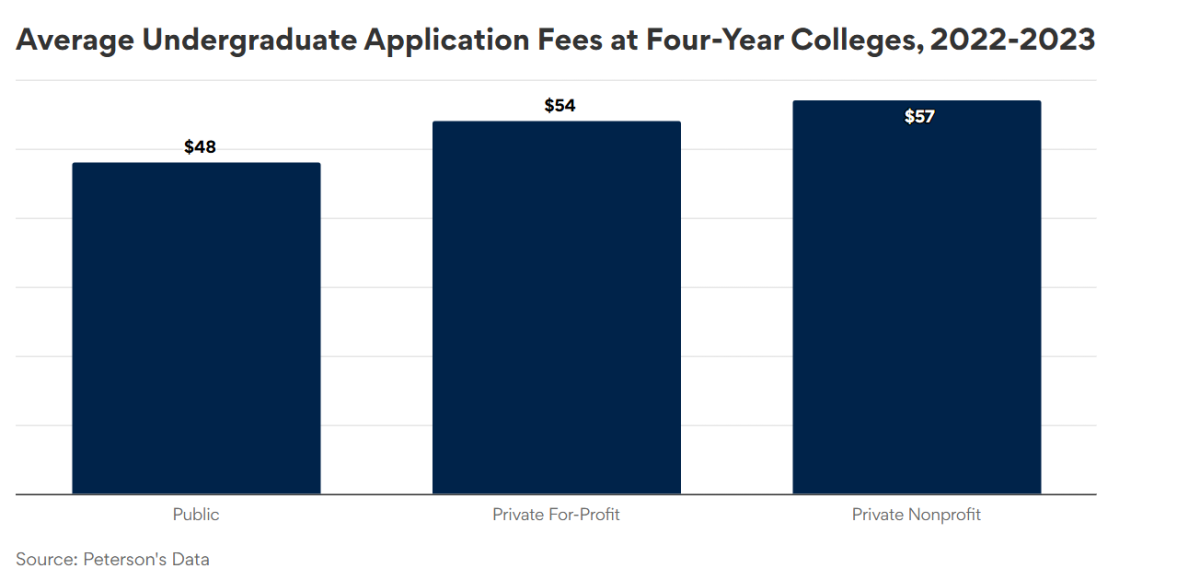Standardized tests serve as crucial part of college process for seniors, juniors
Demi Ellenbogen
features editor
The ACT and SAT are nationally recognized standardized tests required by the majority of U.S. colleges. Catered mostly for juniors and seniors, both tests are formatted to measure students’ proficiency in a variety of critical areas, such as reading comprehension and math.
All colleges accept scores from both the ACT and SAT. Therefore, there is no advantage to taking one test over the other. This allows students to chose which test is better suited for them.
The ACT and SAT have some similarities. The tests both have the sections (reading, math, etc.) in a predetermined order, both offer an optional essay section that does not affect the total score, neither penalize for wrong answers and both contain passage-based reading and English/writing questions (called “English” on the ACT and “Writing and Language”on the SAT).
While there are similarities, there are myriad ways the SAT and ACT differ.
The length of the ACT is two hours and 55 minutes without writing, and three hours 35 minutes with writing. There are four sections, in this order: English, math, reading, science. The English section is 45 minutes for 75 questions, math is 60 minutes for 60 questions, reading is 35 minutes for 40 questions and science is the same. If one opts to do the optional writing portion, it is one essay in 40 minutes. The range of scores is 1-36, with the total score being the average of the four section scores.
The ACT has a full science section. For those proficient with scientific data, graphs and hypotheses, the ACT may be a better fit. There is also a larger emphasis on geometry and trigonometry than on the SAT. “Math and science are my stronger subjects, and because the ACT has more of a focus on them I chose to take it over the SAT,” junior Peter Pietri said.
The SAT is three hours long and consists of reading, writing and language, math without a calculator, math with a calculator and the optional essay, in that order. The reading section is 65 minutes for 52 questions, writing and language is 35 minutes for 44 questions, math without calculator is 25 minutes for 20 questions and math with calculator is 55 minutes for 38 questions. The optional essay is 50 minutes long. The score range is 400-1600.
For those who need more time, the SAT offers more time per question than the ACT. The SAT also does not have a science section and does not test on matrices, graphs of trig functions and logarithms like the ACT does. “Because I am more proficient at algebra than geometry, the SAT was a better fit for me,” senior Kayla Hill said.
Also, the SAT provides a diagram of math formulas, while the ACT does not. On SAT reading, the questions are in chronological order, but on ACT reading, questions can flow randomly and do not typically follow the order of the content in the passages.
Students who are unsure which test may be better suited to them can take a diagnostic test to see whether they score better on the ACT or SAT. “After taking the diagnostic test, my score for the ACT was higher in comparison to my SAT score, helping me chose to take the ACT,” junior Jessie Grinspoon said.








